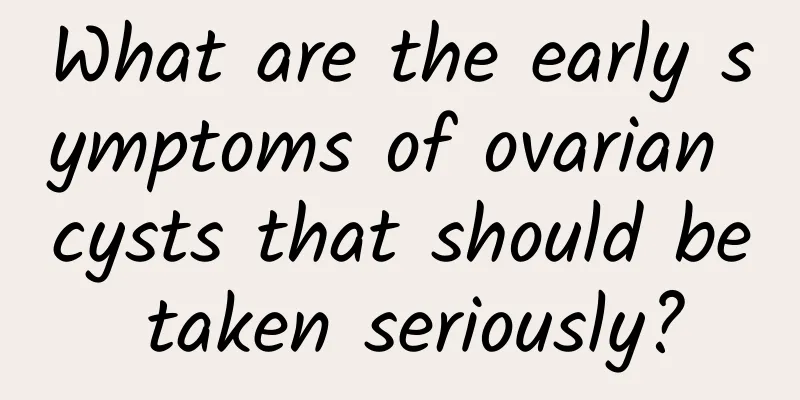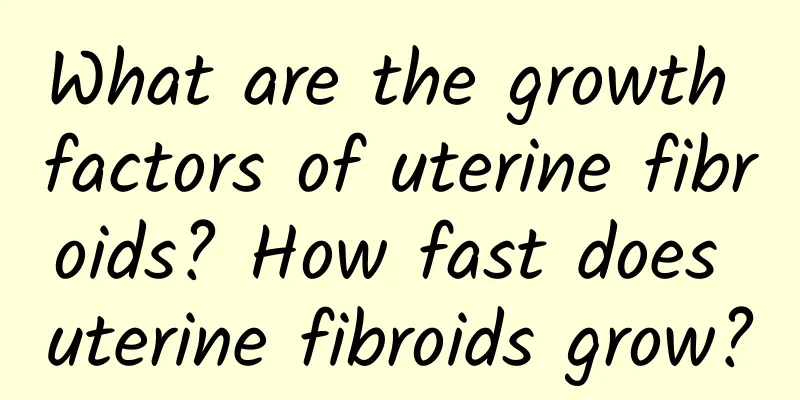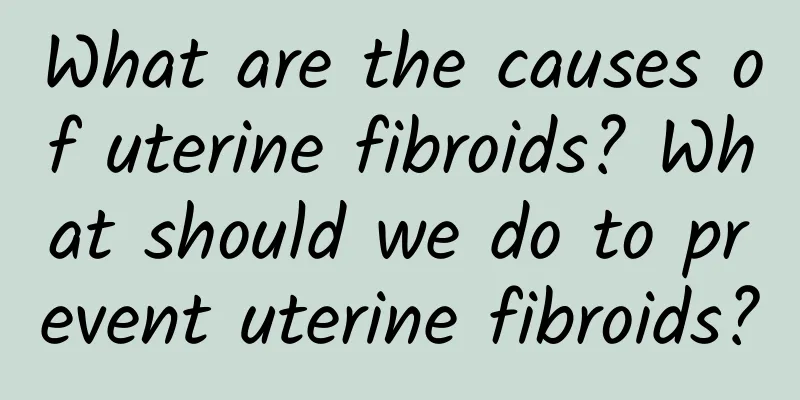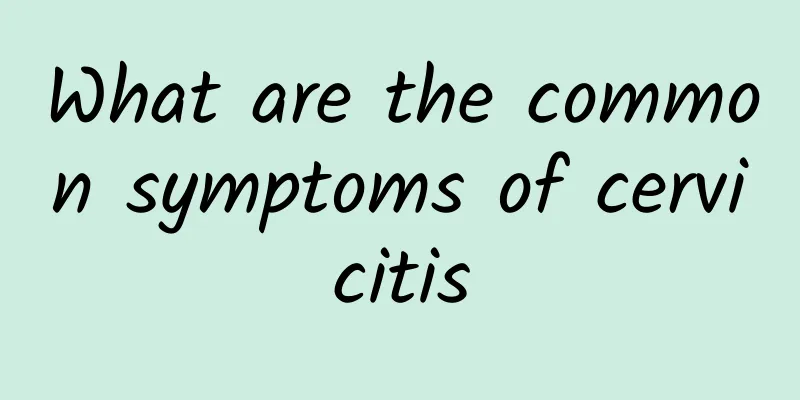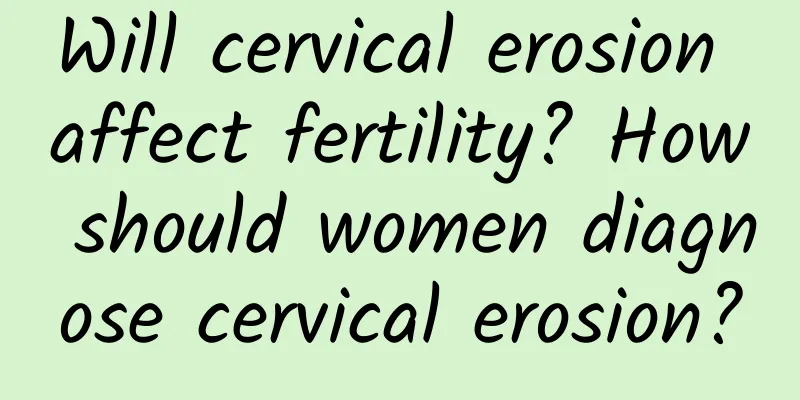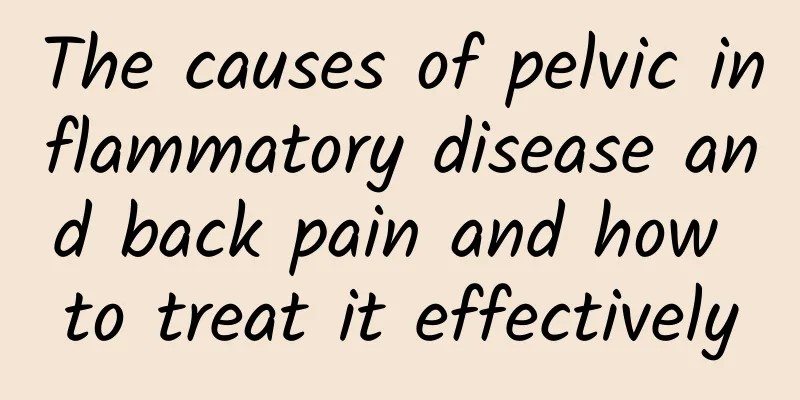Can a small amount of pelvic effusion heal itself? How to treat pelvic effusion?

|
Nowadays, many women live in a fast-paced environment for a long time, and the pressure of life and work has increased dramatically, which has gradually integrated some diseases into their lives. Pelvic inflammatory disease is currently the most common disease, which has brought great troubles to daily life. So, can a small amount of pelvic effusion heal itself? How to treat pelvic effusion? Pelvic effusion can be divided into physiological pelvic effusion and pathological pelvic effusion. Under normal circumstances, the pelvic peritoneum will secrete a small amount of serous fluid, which is mainly to protect the performance of the pelvic organs and reduce friction. Physiological pelvic effusion mainly refers to the fluid secreted by the pelvic peritoneum and the fluid that flows back into the pelvic cavity after the ovulatory follicle ruptures. Physiological pelvic effusion will not exceed 10mm on ultrasound examination and does not require treatment. Pathological pelvic effusion will not heal on its own. It will generally bring other symptoms to the patient. For example, pelvic effusion caused by acute or chronic pelvic inflammatory disease and adnexitis generally causes bilateral or unilateral lower abdominal pain, lower back pain, lower abdominal distension and pain, lower back pain, etc. The symptoms may be aggravated by standing for a long time, overwork, sexual intercourse, or premenstrual pain. In severe cases, it may affect the patient's work. Generally speaking, there are several treatment methods for pelvic effusion: 1. General treatment: Relieve patients' mental concerns, enhance their confidence in treatment, increase nutrition, exercise, pay attention to the combination of work and rest, and improve the body's resistance. 2. Physical therapy: benign warm stimulation can promote local blood circulation in the pelvic cavity, improve the nutritional status of tissues, and increase metabolism, so as to facilitate the absorption and disappearance of inflammation. 3. Drug treatment: Use anti-inflammatory drugs or hormone drugs for symptomatic treatment. 4. Surgical treatment: Surgical treatment is feasible for patients with lumps such as hydrosalpinx or tubo-ovarian cysts; laparoscopic exploration is also suitable for patients with small infection foci and repeated inflammation. The principle of surgery is to completely cure the disease and avoid residual lesions. For young women, ovarian function should be preserved as much as possible. Single therapy for chronic pelvic inflammatory disease is less effective, so comprehensive treatment is appropriate. |
<<: How big is the uterine fibroid that requires surgery?
>>: Does left ovarian cyst affect fertility? What are the hazards?
Recommend
Can I get pregnant while taking cervicitis suppositories?
Can I get pregnant while taking cervicitis suppos...
Clinical manifestations of cervicitis symptoms
Cervicitis is a common disease in life, and its c...
What nutrients are needed in the diet for cervical precancerous lesions
The dietary needs for cervical precancer are diff...
Can I have sex after physical treatment for cervical erosion?
Sexual intercourse means sexual life. Cervical er...
Does cervical erosion still need treatment if the HPV test is normal?
Does cervical erosion still need treatment if the...
The dangers of bacterial vaginosis
Bacterial vaginosis is caused by a mixed infectio...
Measures to prevent uterine fibroids in women
Daily life conditioning is very important for pre...
Is cervical erosion serious?
Is it serious for women to suffer from cervical e...
How much does it cost to treat endometrial thickening?
How much does it cost to treat endometrial thicke...
Acute and chronic adnexitis
Adnexitis can be divided into acute and chronic a...
Cost of early treatment of hyperprolactinemia
Hyperprolactinemia is not as terrible as many wom...
What misunderstandings do people have about cervical erosion?
Cervical erosion is one of the common gynecologic...
How to adjust abnormal leucorrhea
Abnormal vaginal discharge is a common health pro...
Queue up for the New Year’s Eve dinner and get it done with just one click! Cloud refrigerator serving food
If you want to eat the New Year's Eve dinner ...
What medicine is effective for uterine effusion?
Uterine effusion means the presence of inflammato...

